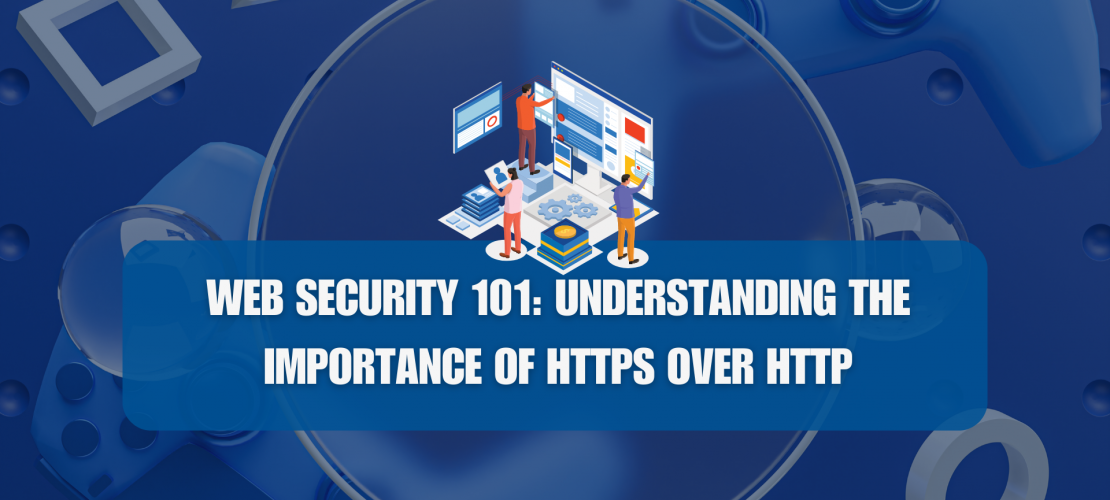With the exponential growth of the internet, the need for secure communication over the network has never been greater. This blog delves into one of the fundamental aspects of web security – the use of HTTPS over HTTP and why it’s crucial for protecting sensitive data in our digital age.
Understanding HTTP and HTTPS
HTTP, or Hypertext Transfer Protocol, is the protocol used for transferring data over the web. It’s like the language that web browsers (like Chrome or Safari) and servers use to communicate with each other. However, HTTP isn’t secure. Data transferred via HTTP is in ‘plain text’, and could be intercepted and read by third parties.
Enter HTTPS, or Hypertext Transfer Protocol Secure. HTTPS is essentially an HTTP protocol with additional security. It uses SSL (Secure Sockets Layer) or TLS (Transport Layer Security) protocols to encrypt communications, making it much more difficult for third parties to intercept and decipher information.
Why HTTPS Matters
Switching from HTTP to HTTPS offers several benefits:
- Data Security: The primary advantage of HTTPS is that it provides a secure channel for communication, protecting the data integrity. It ensures that the information users input into a website (such as credit card numbers, passwords, and personal details) is securely encrypted and safe from eavesdropping or tampering.
- Authentication: HTTPS verifies that the users are communicating with the intended website and not a malicious third party. This authentication prevents ‘man-in-the-middle’ attacks, where attackers impersonate the website to trick users into providing sensitive information.
- Trust and Credibility: Websites with HTTPS are marked with a padlock icon in the address bar, indicating a secure connection. This symbol is recognized and trusted by users, enhancing the website’s credibility.
- SEO Advantage: Google has confirmed that HTTPS is a ranking signal for its search algorithm. That means websites using HTTPS are likely to rank higher in search results, driving more traffic to the site.
Implementing HTTPS
Shifting from HTTP to HTTPS involves obtaining a SSL/TLS certificate, installing it on your website’s server, and then redirecting all your HTTP pages to HTTPS. It’s also important to ensure all website resources, like images and scripts, are loaded over HTTPS.
Common Misconceptions about HTTPS
Despite the clear benefits of HTTPS, some organizations are still hesitant to make the switch due to some common misconceptions:
- “Our website doesn’t handle sensitive information, so we don’t need HTTPS”: Even if your website doesn’t handle sensitive data, using HTTPS helps protect the integrity of your site and gain user trust.
- “HTTPS will slow down our website”: While it’s true that HTTPS requires additional encryption processing, the impact on website speed is minimal and barely noticeable with modern hardware and internet speeds.
- “Moving to HTTPS is too complicated and expensive”: While transitioning to HTTPS does require some work, it’s a straightforward process. Also, SSL/TLS certificates can range from expensive to free, making it affordable for all businesses.
In conclusion, with the increasing concerns about cybersecurity and data privacy, HTTPS has become an essential aspect of web security. Not only does it help protect your website and its users, but it also adds a level of credibility and authenticity. In today’s digital world, transitioning to HTTPS is not just an option, but a necessity.




